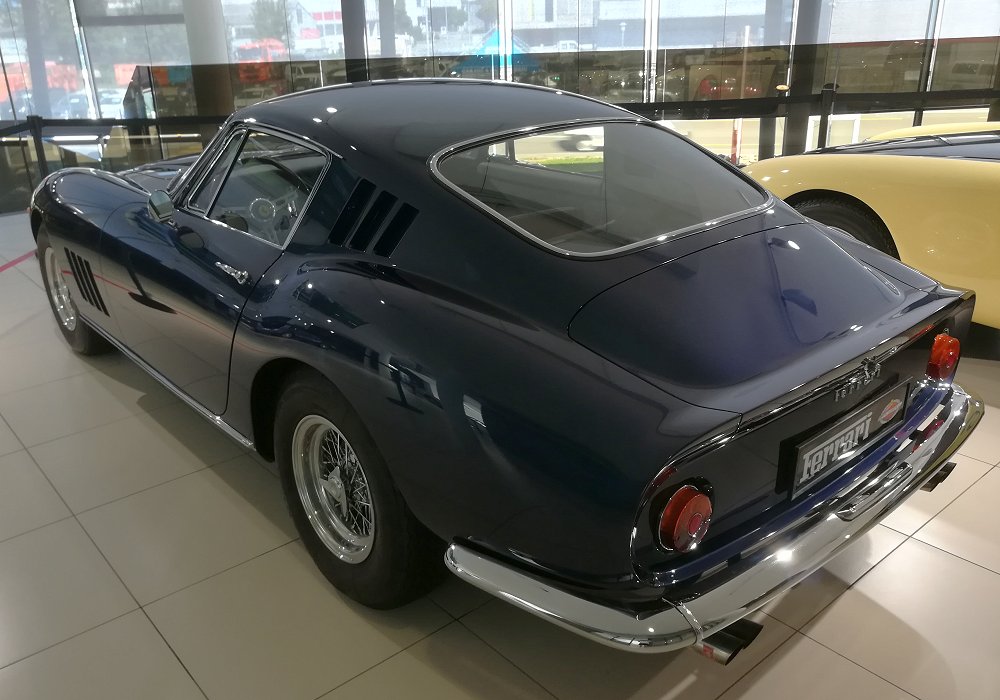Description
The Ferrari 275 GTB Short Nose was introduced in 1964 as part of Ferrari’s new generation of grand tourers, replacing the 250 series and bringing significant advancements in both engineering and styling. It was the first road-going Ferrari to feature a fully independent rear suspension and a rear-mounted transaxle gearbox, creating a near-perfect weight distribution and greatly improving handling. Designed by Pininfarina and built by Scaglietti, the 275 GTB combined the elegance of a high-speed touring car with the mechanical sophistication of a thoroughbred sports machine.
Power came from the Colombo-designed 3.3-liter V12 engine, designated Tipo 213 in early models, producing around 280 horsepower in standard form. Equipped with three Weber carburetors (or six in optional competition-oriented setups), the engine delivered strong, linear power and a top speed in excess of 250 km/h. The rear-mounted five-speed transaxle gearbox not only improved weight balance but also reduced drivetrain vibration, making the 275 GTB as comfortable on long journeys as it was capable on twisting roads.
The “Short Nose” designation refers to the first series of the 275 GTB, built from 1964 to mid-1965. This version featured a more compact front-end design with a relatively upright nose and smaller radiator opening. While beautiful, the Short Nose body created aerodynamic lift at very high speeds, which later led to the introduction of the “Long Nose” variant with improved stability. Despite this, the Short Nose version is admired for its pure and unaltered proportions, often considered the most aesthetically balanced of the series.
Scaglietti’s aluminum or steel bodywork for the Short Nose 275 GTB was graceful yet purposeful, with a long hood, fastback roofline, and muscular rear haunches. Details such as the covered or open headlights, triple air vents on the front fenders, and Borrani wire wheels added to its visual drama. Many examples were ordered in lightweight alloy form for competition use, some even campaigned in events such as the Targa Florio and Le Mans.
Inside, the cabin reflected Ferrari’s tradition of blending performance with understated luxury. Leather bucket seats, a wood-rimmed steering wheel, and a clear, functional instrument layout gave the driver an environment focused on control and comfort. While not as plush as some contemporary grand tourers, the 275 GTB offered refinement suitable for high-speed travel over long distances.
Production of the Short Nose 275 GTB lasted only about a year, making it one of the rarer variants of the 275 series. Its combination of early-series purity, mechanical innovation, and direct link to Ferrari’s racing heritage has made it highly sought after among collectors. Today, the 275 GTB Short Nose is celebrated as a landmark Ferrari, marking the transition from the classic 250 lineage to a new era of technical sophistication and modern GT design.



